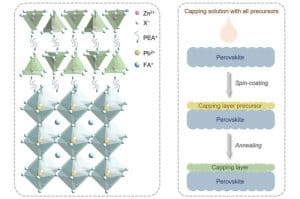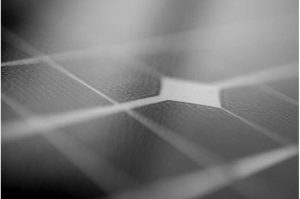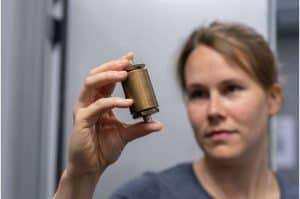
Finding a simple and efficient green energy conversion technology is an essential component of the plan to achieve carbon neutrality and sustainable green energy while also satisfying the increased demand for electrical power.
A moisture-electric generator (MEG), which uses chemical energy from atmospheric moisture to generate electricity directly without causing pollutants and harmful gas emissions, is an emerging technology in the energy field.
Practical green power source
However, most MEGs suffer from intermittent electrical signals and low currents. In addition, large-scale integration and practical applications have not yet been achieved. To address these problems, Prof. Xiaoming Tao, Director of Research Institute for Intelligent Wearable Systems, and her team have created a novel and efficient ionic hydrogel moisture-electric generator (IHMEG) that is versatile, flexible, lightweight and has all-weather adaptable features. The research is published in the journal Advanced Materials.
The IHMEG operates stably in a wide range of environmental conditions from 10% to 85% relative humidity (RH) and from -24°C to 60°C. This provides a promising green power source for Hong Kong, where most of the RH fluctuates from 40% to 90% during the year.
Applicable energy source
Thanks to the synergistic effect of the moisture-absorption capability and fast ion transport capability in the ionic hydrogel network, a single IHMEG unit of 0.25 cm2 can continuously generate direct-current electricity with a constant open-circuit voltage of ≈0.8 V for more than 1,000 hours, a high short-current density of 0.24 mA cm−2, and power density of up to 35 µW cm−2.
Importantly, the large-scale integration of IHMEG units can be readily achieved and offers a device with a voltage up to 210 V, which is capable of directly driving numerous commercial electronics, including electronic calculators, energy watchbands, electronic ink screens and light-emitting-diode arrays. Also, the IHMEG power device is successfully employed to electroplate metal nickel (Ni) structures on the millimeter scale. This is a significant advance and proves the practical application of scalable IHMEG with sufficient energy.
Moreover, an IHMEG direct-circuit (DC) power source can be easily designed and fabricated by connecting multiple IHMEG units in serial, parallel fashion or a combination of these according to operating requirements. With the progress in spontaneous energy generation from ubiquitous moisture, the IHMEG device shows great potential to develop versatile, efficient, scalable and green power sources for self-powered IoT and wearable electronics systems.





